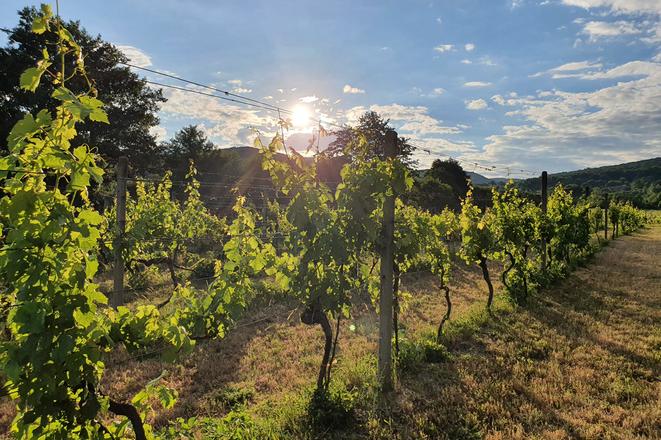Hobby vintner Milan Kodnár says: “Whoever wants some work to do should find themselves a vineyard”. This proverb turned out to be completely true when Kodnár and other enthusiasts from the Bratislava borough of Vajnory revitalised the desolate Široké vineyard on the foothills of the Small Carpathians and turned it into a community vineyard.
“We are convinced that vineyards, in addition to their economic function, belong to the cultural and historical heritage left to us by our ancestors, and must be preserved and protected like the family silver,” Kodnár, chairman of the Via Vitis - Vajnory Viticultural Association, told The Slovak Spectator. “That is why we have joined forces and in our free time we are renewing the neglected vineyards in a way that is close to nature.”
While today the Bratislava boroughs of Rača and Devín are mainly associated with grapes and wine production, Vajnory used to be a famous grape grower and wine producer, too. Its vineyards cover the sunny slopes between Rača and the village of Svätý Jur. They are currently disconnected from Vajnory by a busy four-lane road.
Thorny beginnings of the community vineyard
It all started when the local agricultural company PD Vajnory returned approximately 110 hectares of rented vineyards to their original owners almost overnight. The company was farming on them from the end of 1950 when most of the agricultural land was put into agricultural cooperatives, i.e. for some 50-70 years.



